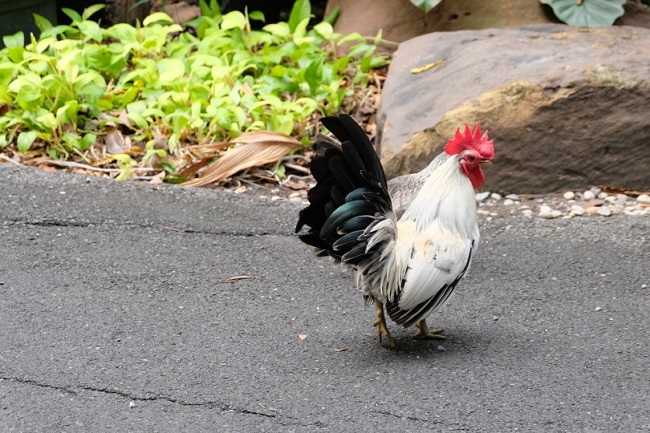Small breed chickens, also known as bantam chickens, are mini versions of standard chicken breeds. These pint-sized poultry offer many advantages, such as requiring less space, being great pets due to their typically docile nature, and adding variety to any flock.
Let’s explore the fascinating world of small breed chickens, their unique characteristics, and care requirements.

A Guide to Small Breed Chickens
When it comes to small breed chickens, a variety of unique breeds stand out for their size, appearance, and personality.
Read Also:
Sebright Bantam
Named after Sir John Sebright, this breed is one of the smallest and most popular among chicken enthusiasts. They are purely ornamental and are known for their beautiful laced feather pattern.
Dutch Bantam
Originating from the Netherlands, Dutch Bantams are true bantams, meaning they do not have a large counterpart. They are well-regarded for their active yet friendly nature.
Pekin Bantam
Pekins are fluffy chickens known for their gentle and friendly demeanor, making them excellent pets. Their feathered feet and multitude of color variations add to their charm.
Silkie Bantam
Silkies are loved for their calm, friendly temperament and unique features, including fluffy plumage that feels like silk, blue earlobes, and extra toes.
Serama Bantam
Native to Malaysia, Seramas are the smallest chicken breed in the world. They are appreciated for their upright posture, full breast, vertical tail feathers, and confident personality.
Housing and Care for Small Breed Chickens
Although small breed chickens are smaller in size, they have similar needs to their larger counterparts.
Housing
Small breeds require less space than standard chickens. Generally, 2-4 square feet per bird inside the coop and 4-5 square feet per bird in the run is adequate. Coops should be predator-proof, well-ventilated, and equipped with roosting and nesting areas.
Diet
Like all chickens, small breeds need a balanced diet. Feed them with a good quality poultry feed, supplemented with fresh fruits, vegetables, and occasional treats.
Health
Regular health checks are essential for spotting and dealing with potential health issues. Despite their size, small breed chickens are known for their robust health.
Why Choose Small Breed Chickens?
Small breed chickens offer a variety of advantages. They are ideal for urban settings or small yards due to their minimal space requirements.
These chickens tend to be less destructive to gardens, and their charming appearances and friendly temperaments make them excellent pets.
The Prolific Layers: Small Breeds for Egg Production
While small breed chickens are often praised for their ornamental value and pleasant temperament, it’s worth noting that several bantam breeds are also prolific egg layers.
Belgian D’Anver
Known for their distinctive full beard, the Belgian D’Anver is a small chicken with a big personality. Besides their unique appearance, they are also lauded for their impressive laying capacity, producing a fair amount of tiny, cream-colored eggs.
Japanese Bantam
Japanese Bantams, despite their compact size, are prolific layers. They typically produce small, white eggs. This breed’s friendly demeanor and the birds’ long, healthy lifespans make them a favorite among many chicken enthusiasts.
Nankin Bantam
Nankins are one of the oldest bantam breeds and are known for being great broodies and layers of small, cream-colored eggs. Their docile nature and maternal instincts make them excellent mothers.
Interacting with Small Breed Chickens: Pet Potential
Small breed chickens are not just for show or egg laying; they make wonderful pets too. Their generally docile and friendly nature makes them great companions.
Breeds like the Silkie and Pekin Bantam are known for their calm demeanor and tolerance towards handling, making them suitable for families with children.
Breeding Small Breed Chickens: A Rewarding Endeavor
Breeding small breed chickens can be a rewarding experience, offering a unique opportunity to conserve these miniature breeds for future generations.
Keep in mind, though, that breeding requires a good understanding of the particular breed’s characteristics, proper rooster to hen ratio, and knowledge about incubating eggs and raising chicks.
Read Also:
Conclusion
While small breed chickens might be diminutive in size, they are packed with character and charm. They not only offer unique aesthetics to any backyard but are also generally friendly and easy to manage, making them perfect for both novice and experienced chicken keepers.
Whether it’s the feather-footed Pekin, the friendly Silkie, or the ornamental Sebright that has caught your interest, adding a small breed chicken to your flock will undoubtedly bring a lot of joy and fulfillment.
























